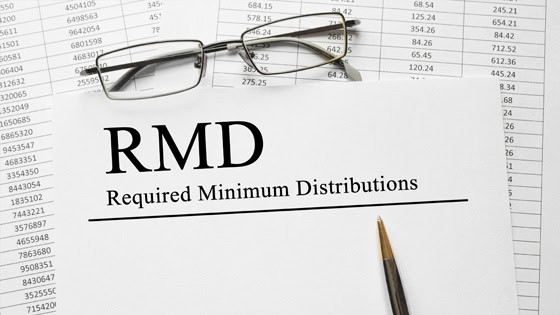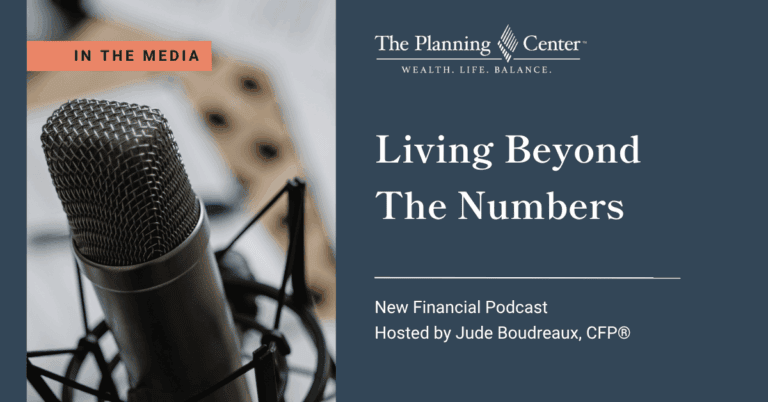
By Aristotle Makris, CPA, CFP®
In late 2022 as part of a major budget bill, Congress passed the Secure Act 2.0, which includes dozens of new provisions related to retirement accounts. There’s lots of parts and pieces to the new legislation but one of the most wide-reaching changes concern required minimum distributions (RMD).
What’s an RMD?
An RMD is a specified amount of money you must withdraw from your employer-sponsored retirement plan, traditional IRA, SIMPLE IRA, or SEP. Whether you need the income or not, you are required to withdraw a minimum amount based on a formula that factors in the balance of your IRA accounts and your age. The funds can be distributed to you as the owner, a designated beneficiary, or a qualifying charity.
How Did the Secure Act 2.0 Change RMDs?
The new legislation changed the age of eligibility for taking RMDs. Previously the tax code required RMDs to begin when the account owner turned 72, but as of January 1, 2023, the age of eligibility goes up to 73, and in 2033 the age goes up to 75. A simpler way to look at it is based on the year you were born. If you were born in 1950 or earlier, you started taking RMDs at age 72. If you were born sometime between 1951-1959, your RMD begins when you turn 73, and if you were born in 1960 or later, you’ll start taking RMD when you turn 75.
Do I Owe Taxes on My RMD?
Yes, you are required to pay taxes on your RMD because the money you invested into these retirement funds was pre-tax dollars, and the funds in the accounts have continued to grow tax free. Any funds you withdraw from these accounts will be taxed. When the distribution goes directly to you, it adds to your adjusted gross income (AGI), so one of the risks is that your RMD will push you into a higher tax bracket.
What if I Have a Roth 401(k)?
A Roth 401(k) is an employer-sponsored retirement savings account that is funded with post-tax money. RMDs are still required on the Roth portion of a 401(k) but are not subject to tax. From a planning perspective, when you change jobs, you may want to roll over at least the ROTH portion of your 401(k) to an Individual ROTH IRA account to avoid the RMD.
What is a QCD and How Can It Lower My Taxes?
A qualified charitable distribution (QCD) is a tax-free donation that goes directly from your individual retirement account (IRA) to a qualified charity. A charity is considered qualified if it is a tax-exempt organization as defined by section 501(c)(3) of the Internal Revenue Code. If you need to take an RMD but you don’t need the money, a QCD allows you to avoid any additional taxes, while supporting a cause important to you.
Can I Take the Distribution and Then Make a Charitable Donation?
From a tax perspective, there’s a big difference between taking the distribution and donating all the money to qualified charities, verses distributing the money directly to charities. If you take the distribution, it becomes income and will be included in your AGI, whereas if the funds get distributed directly to the charity, it does not show up on your tax return or get calculated as part of your income.
A QCD is a better approach because it keeps your income down, which could open the door to other tax credits and deductions that you can become ineligible for with a high AGI. For example, if you’re thinking about buying an electric vehicle, to qualify for the $7,500 credit your AGI needs to be below $150K for an individual or $300K for a married couple filing jointly. Even if you exceed the income by $1,000, you are disqualified for the credit. With a QCD, the funds go directly to the charity, so you avoid a higher income and associated taxes.
Do Roth IRAs Have RMDs?
No, there are no RMDs for Roth IRAs during the account owner’s lifetime. Because Roth IRAs are funded with after-tax dollars, even though they grow tax free, you can generally make tax- and penalty-free withdrawals after the account owner turns 59.5 years old.
Keep Up with Tax Code Changes
If you have questions about RMDs, QCDs, or how changes in the Secure Act may affect you, contact The Planning Center. As dedicated fiduciaries we’re prepared to provide guidance that will help you build wealth and save for retirement.





